Financial related institution such as banks and insurance companies are industries that are being strictly monitored by government regulatory agencies to ensure their operation are always in compliance with the regulations. One of the few key areas of the regulation are always about proper control, handling of business records and customer documents.
The implementation of Enterprise Content Management (ECM) helps to effectively manage documents for operational use as well as ensuring ongoing compliance.
1. Record Visibility for Reference
All existing documentation stored on different systems or shared on networks can be imported into the ECM platform using standard names and file attributes. User will be able to find documents quickly and efficiently, including across different systems and repositories.
2. Record Changes Tracking
With good ECM, everyone works with the latest document version, and the history of changes is stored automatically. System will automate the processes and effectively manages documents, which can then be submitted to different approval levels. Compliance officers can monitor activities with audit trail to ensure changes are being carried out as per required.
3. Record Handling Processes and Policies
ECM systems can apply processes and policy on documents that require approvals, or with expiry dates. System will manages the workflows and alerts you when something requires your attention, or when the duedate is closing in. The automatic workflow ensures work done adheres to regulations, standards and compliance requirements in an effortless way.
4. Secured Access Control
Metadata-driven access and user rights help you make sure that content is securely governed and accessible by the intended people only. Employee data, financial data, customer documents and other sensitive content can be kept in a single encrypted repository, ensuring that they cannot be accessed without authorization.
5. Data Preservation
Some records need to be preserved for legal purposes. The period varies according to each legislation. ECM can crawl into your systems and repositories, recognize data patterns, and flag content that needs additional management. Automated records management system strengthens and demonstrates compliance with information governance policies for the entire document lifecycle
Good ECM tools can facilitate audits, simplifies the whole process and compliance requirements. It can be configured to safeguard documents according to the requirements of any legislation. But compliance considerations must be designed into policy making and regulation from the beginning implementing a ECM in your organisation. Compliance issues cannot just be part of an enforcement strategy to be dealt with at the end of the policy-making process.




